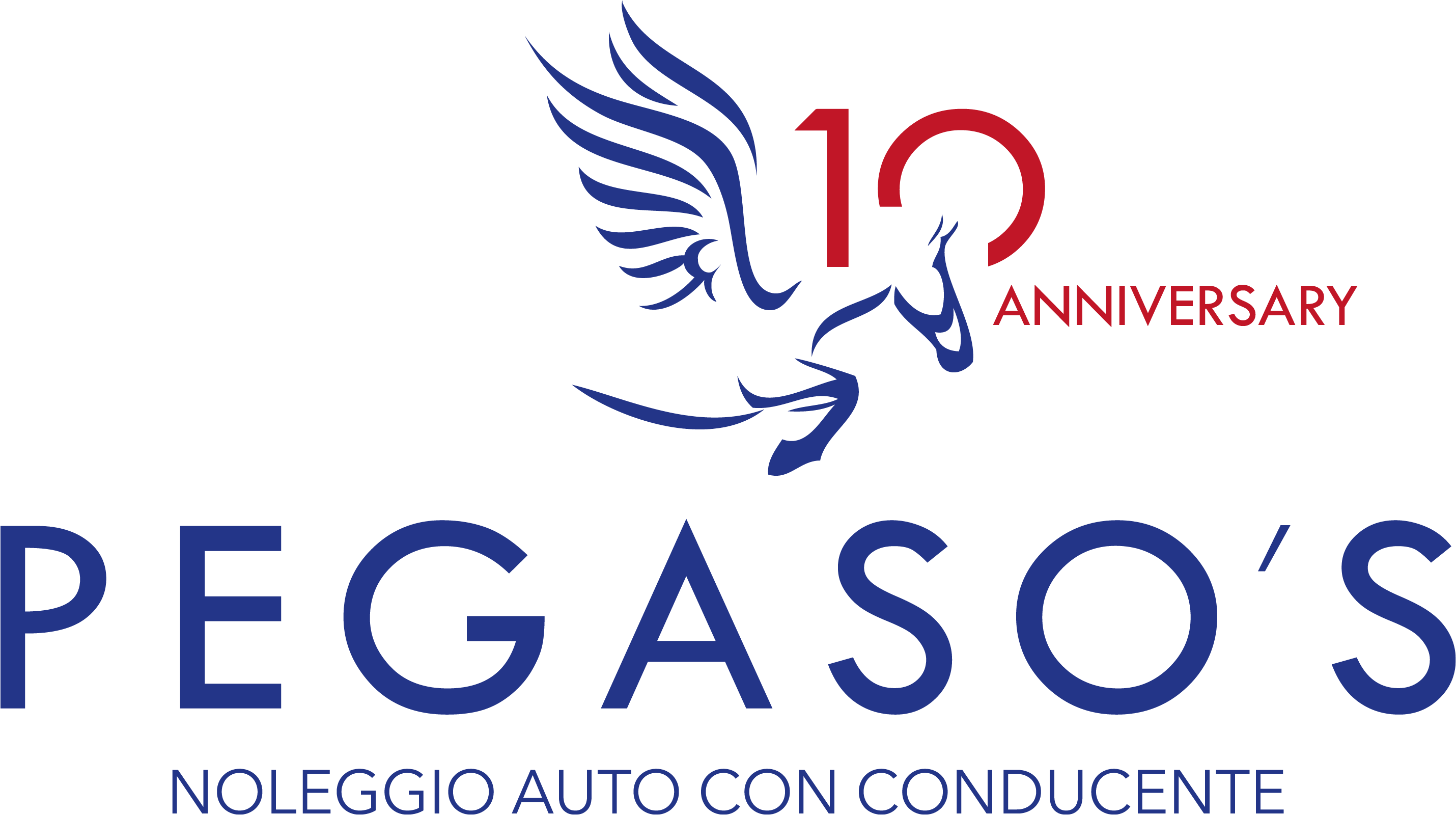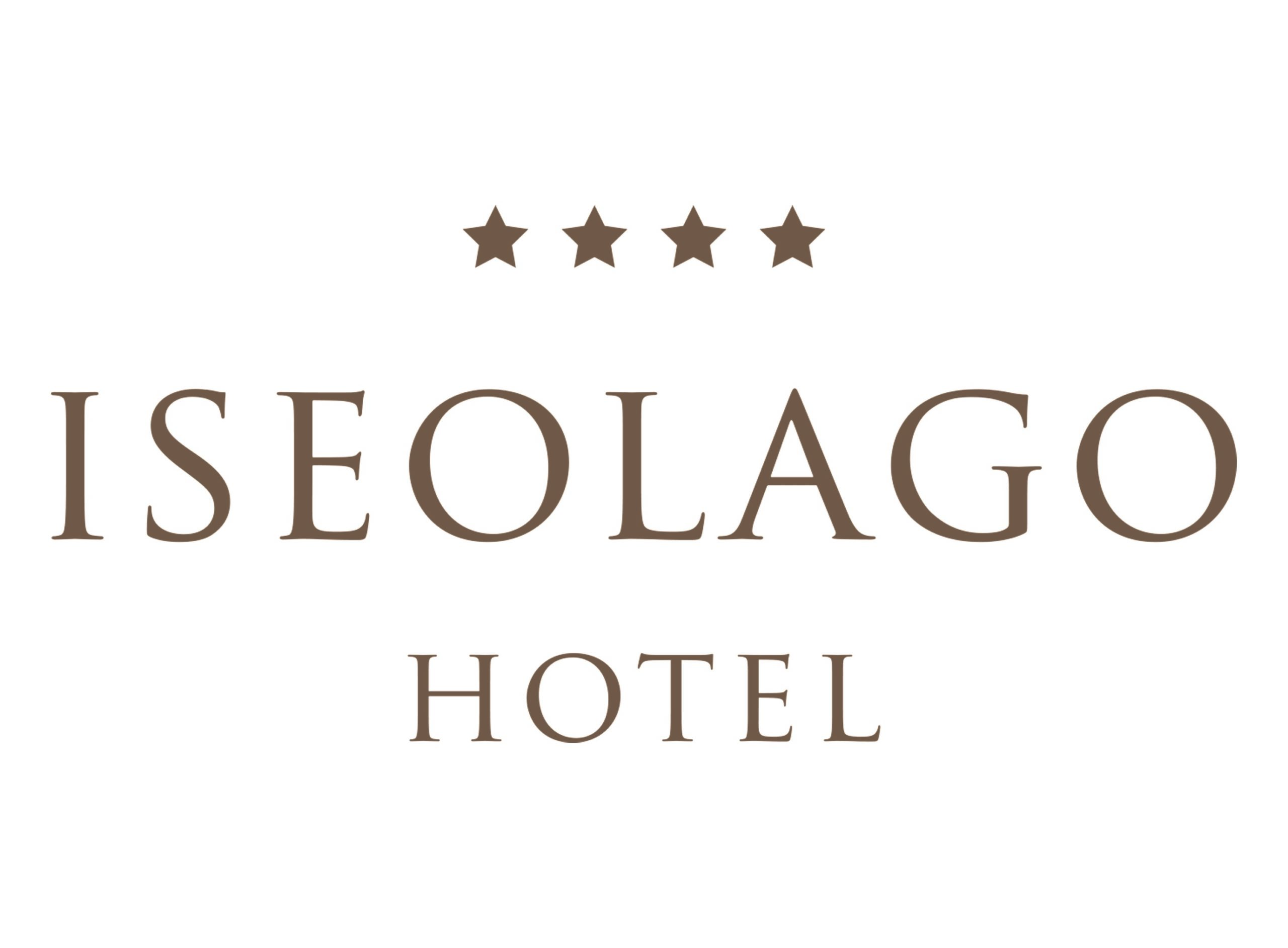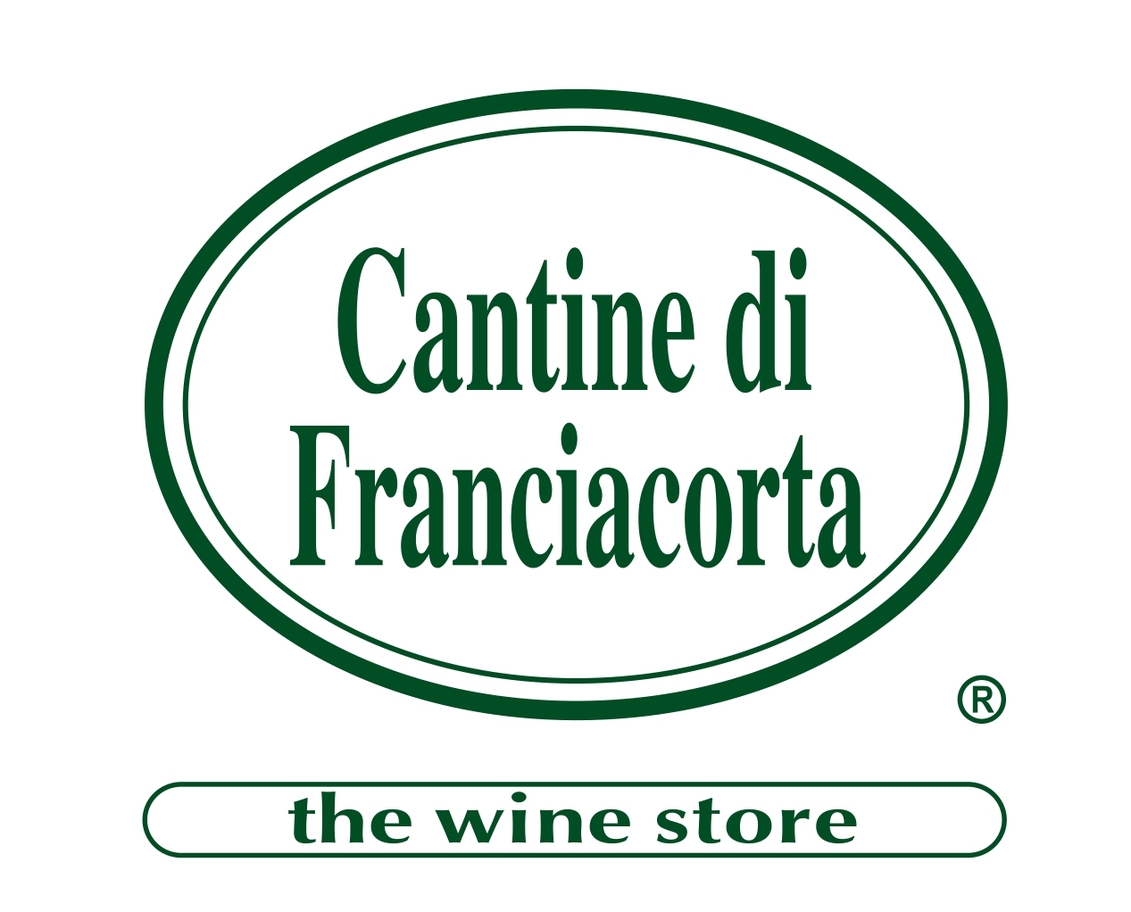News
-
Avvisi di selezione del personale
Nessuna posizione aperta. Clicca qui per inviare candidatura spontanea
-
Bandi di gara
-
Corsi ed eventi di formazione
Corsi gratuiti di formazione per imprese – Distretto del Commercio Riviera degli Ulivi
-
Concorsi fotografici
Concorso “TerraViva Wildlife Pavilions” 2022 – Riserva Naturale Torbiere del Sebino













